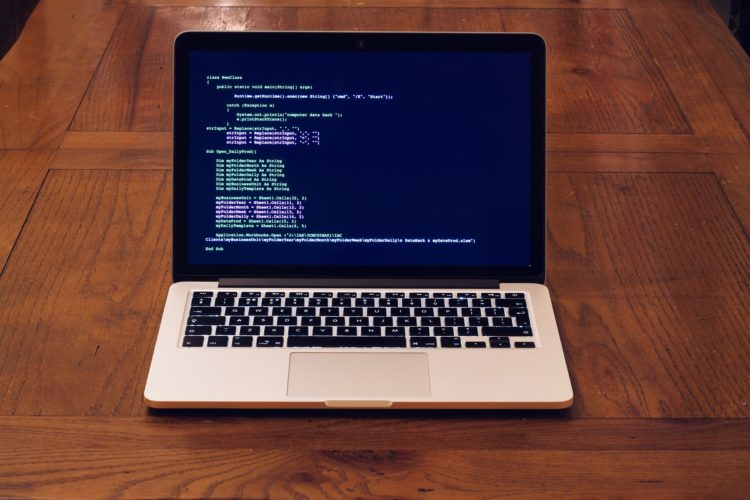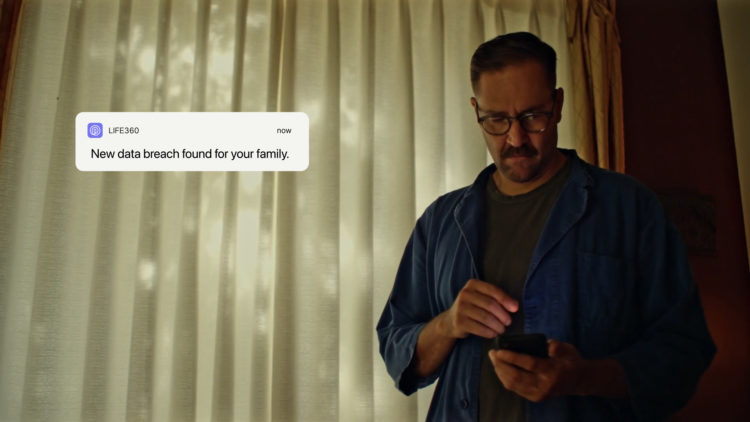What Is a Data Breach?
The internet is a wonderful resource allowing us to shop online, learn new skills, and socialize worldwide. However, for many of us, its convenience comes with some potential risks. For instance, any data you provide online, whether it be your address, social security, or bank account information, can be vulnerable to a data breach.
According to TechTarget, “A data breach is a cyber attack in which sensitive, confidential or otherwise protected data has been accessed or disclosed in an unauthorized fashion.”
These types of breaches can happen to any organization, which makes it all the more important to protect your personal information. One of the best ways to prepare for potential data breaches is by having the proper digital safety measures in place.
The Life360 platform not only has data breach alerts but also offers ID theft protection, stolen funds reimbursement, and credit monitoring.
Data Breach Statistics in the US
Even though we read about data breaches weekly, many people don’t believe it will happen to them. Unfortunately, once your data has been compromised, it can be challenging to stop others from using it. That is one of the reasons why more than 88% of companies across the United States view cybersecurity as a business risk now.
The leaking of data and information harms a company’s customers and the business’s reputation. In fact, organizations that experience a data breach underperform by as much as 15% three years post-breach.
The impact of these cyberattacks affects millions of people and businesses every year. However, within the past couple of years, many companies have invested heavily in keeping customer information and data safe from breaches.
Why Do Data Breaches Happen?

In most scenarios, data breaches are financially motivated and carried out by organized crime groups around the world. For professional hackers, it’s often too easy to fool workers into accidentally clicking on a link or downloading a report that compromises the company’s networks.
However, there is an even more common reason why data breaches keep happening — weak or stolen credentials.
It’s often incredibly easy for a crime group to uncover your password and username. Many people use passwords that include loved ones, pets, important dates, or favorite movies. All this information is typically available on the web, and with enough time, hackers can uncover your password.
One way that many organizations are fighting back against this is with 2FA or 2-Factor Authentication. In addition to your password, you must input a code sent directly to your phone. This added layer of security helps make it more challenging for others to access the network with your credentials.
What are the Most Common Causes of a Data Breach?
Even though weak and stolen credentials are common ways for cybercriminals to hack into a business’s network, there are several other ways that a data breach can happen. For instance, Malware is another tool that can be used to infiltrate an organization’s system.
Here are a few other common causes of a data breach:
- Poorly written software applications
- Inefficient network systems
- Social engineering
- Overly complex or relaxed access permissions
- Insider threats from employees and contractors
- Physical attacks at building locations
- User errors that lead to improper configuration
What Happens if your Information is Leaked in a Data Breach?
No one wants to hear that their personal information has been compromised in a data breach. However, with these incidents becoming increasingly likely, it’s important to understand what happens to your data during a breach.
Personal information such as names, phone numbers, bank information, and social security numbers can be compromised when a data breach occurs. Often hackers will utilize this information to access items such as credit cards or bank accounts.
What Can I Do if My Data is Breached?

If you’ve been notified about a data breach by your Life360 app, you’ll want to take the appropriate steps to protect yourself from any negative ramifications. For instance, if your account was compromised, you’ll want to change and update any associated pins or passwords.
Another action you should take immediately is to initiate a fraud alert. This alert will notify lending institutions that any credit application applied in your name must be verified before moving ahead. With the alert, you won’t have to worry about someone applying for a loan in your name.
Other steps you should consider after your data has been breached include:
- Freezing or locking your credit file
- Frequently check credit reports and banking accounts for suspicious activity
- Sign up for identity theft protection services
How to Protect Yourself from Data Breaches
Unfortunately, there is no surefire way to protect against cyber-attacks and data breaches. However, you can take steps to protect yourself and your loved ones, like utilizing a digital safety service.
For example, Life360 offers data breach alerts that stop threats from becoming theft in three simple steps. These steps include:
- Actively scanning the dark web for hackers who are selling your stolen personal info
- Alerting you of any detected breaches
- Sharing the appropriate information and actions to help you secure your accounts and prevent ID theft
Life360 also offers identity theft protection. If your identity is ever stolen, our White Glove Restoration service will reimburse you up to $1M in stolen funds, paperwork assistance, and 24/7 support.
Add Another Layer of Security with Life360
Protecting your information from data breaches is challenging and often involves a multi-step approach to optimize overall security. One way Life360 is helping to protect customer information is with Data Breach Alerts.
These extensive alerts regularly scan through the dark web and identify areas where a customer’s personal information is being traded and sold illegally. The Life360 Data Breach Alert is an excellent way to keep information secure and an affordable way to ensure your entire family is protected online.
Download Life360 today and keep your family’s information safe.

